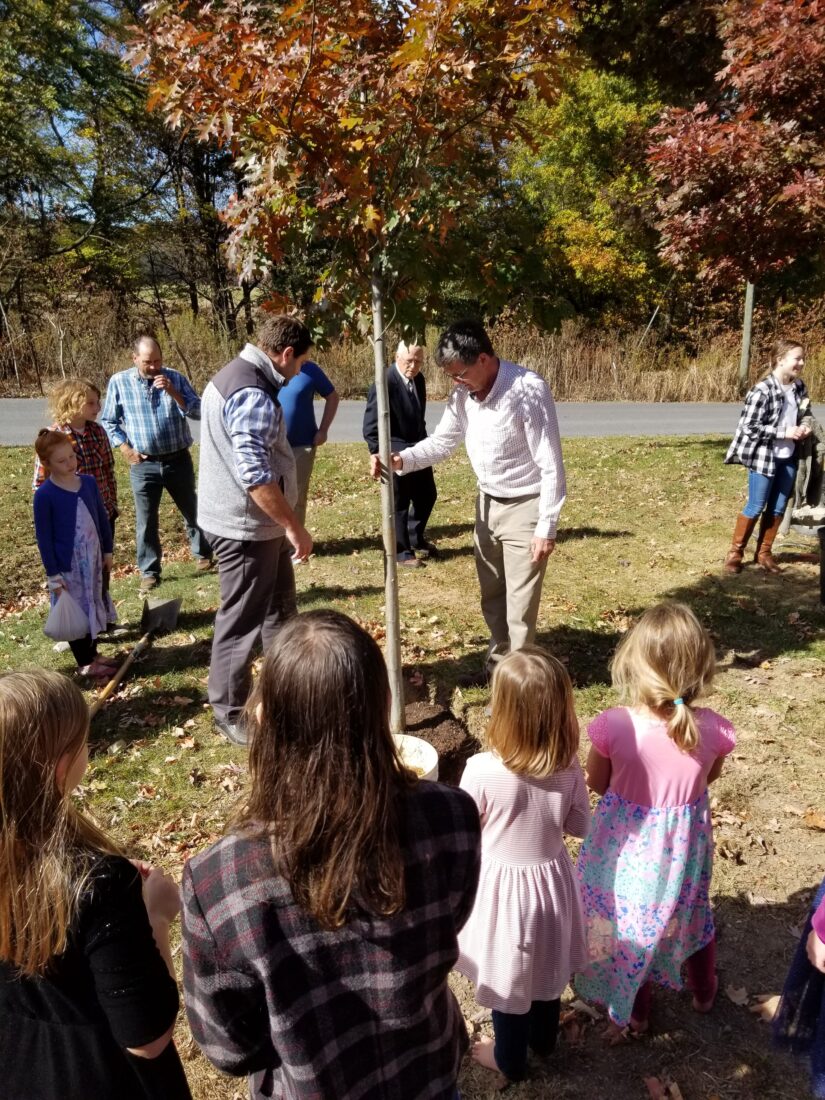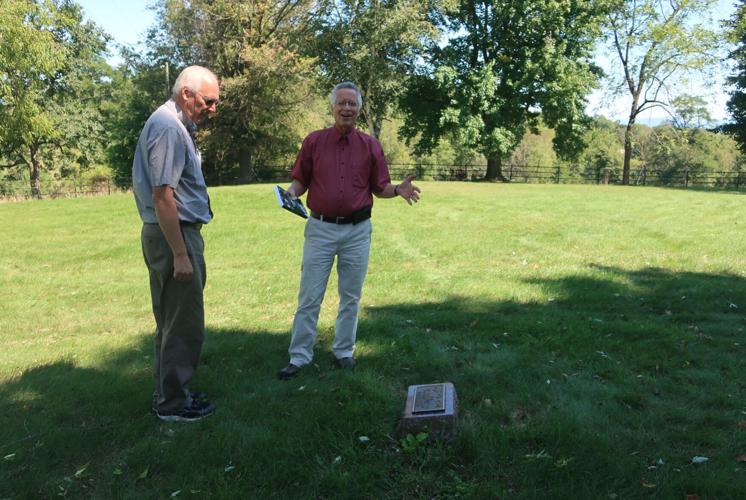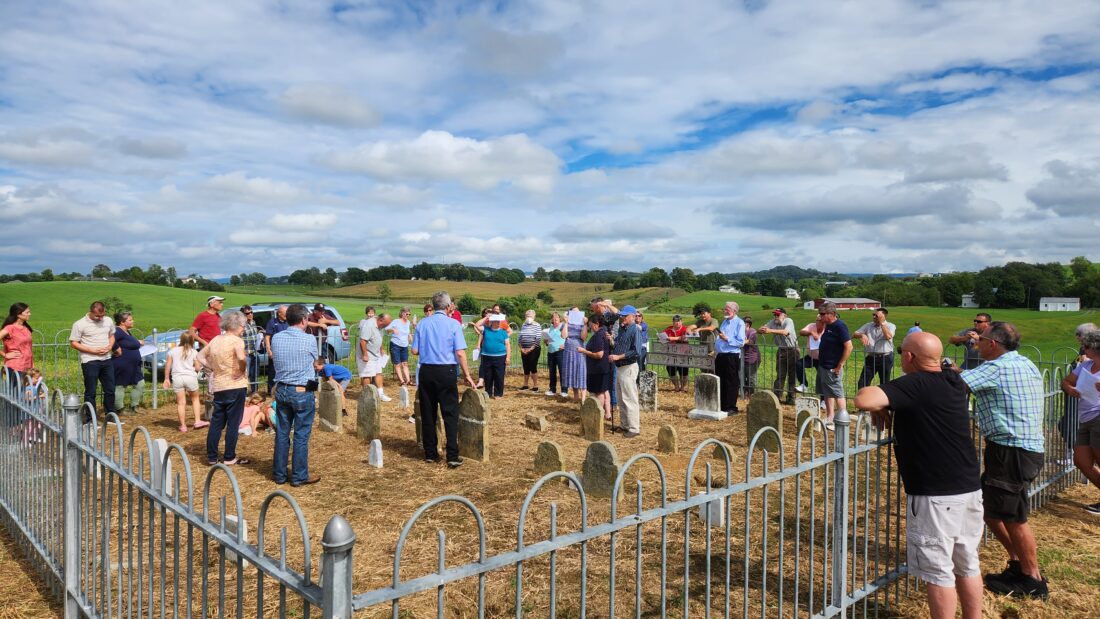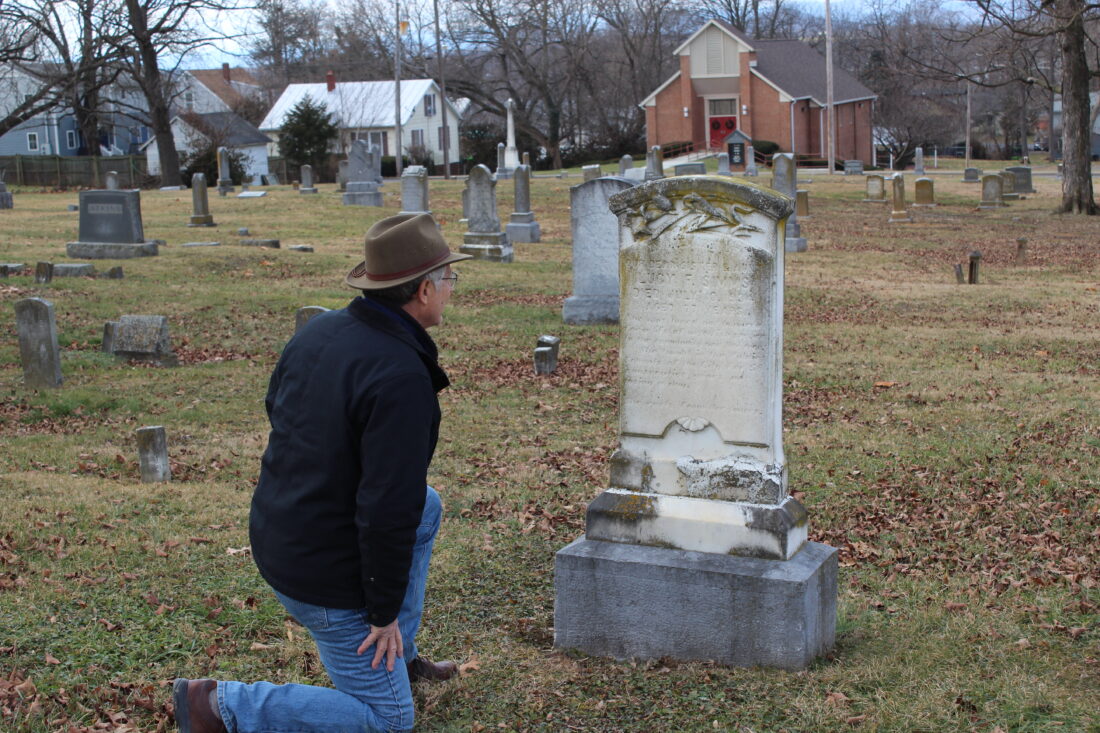I’m a Cleveland Guardians life-long fan, having followed the team since I was a boy in the 1960s. My sister and I used to sit by the family stereo in Hartville, Ohio, on a Saturday night with a bowl of popcorn and listen to an Indians game for entertainment. More recently, I listened to every game of the 2024 American League Championship Series. I’m disappointed the Guardians lost in a typical heartbreak style to the Yankees, but maybe we can win next year—it’s been 76 dreadfully long years since we last won the fall classic.
Aim for a hit, not a home run. Good hitters aim to meet the ball squarely and get on base. Only occasionally do they hit a home run. The Guardians are a scrappy team, eking out singles and doubles, stealing bases, and getting just enough clutch hits to achieve a winning record. At the beginning of the season, few experts expected the Guardians to make it to the American League Championship Series. Indian hitters went to the plate game after game, aimed for singles, and occasionally smacked the ball over the fence. My first life lesson is to hit the ball coming across my plate squarely, try to get on first base, and once in a while, I may get lucky and hit a home run.

Do the little things. Learn how to bunt, make sure you catch the ball before you throw it, always run hard to first, and touch every base when you run. One hitter in the 2016 World Series between the Cubs and Indians watched his grand hit, and ran slowly because he thought it was a homerun, but it bounced off the top of the wall back onto the field. If he would have run hard he would have made a triple instead of a double. For me, doing the little things meant being ready to teach every time students walked in my classroom door, noticing each student, greeting them, caring about them, and doing my best to make history classes interesting. My life lesson is that doing the little things adds up and helps to win a few games over a career.
Forget about yesterday’s loss. Professional baseball players often have only one night to think about the last game until they have to get ready for the next day’s game. In baseball, you will lose about half your games, but the best players learn how to move on quickly and forget about yesterday’s loss. I’ve had some losses in life, some disappointments, and each time I’ve had to decide how to respond. Will I get up the next morning and go on, greeting the new day with determination and a smile, and attempt to do my best in spite of yesterday’s loss? That’s my goal, and it’s a lesson I draw from the Guardians, who, over my six decades of listening, have lost their fair share of games.
Play like a professional. One of the reasons I follow almost every game the Indians play is because of their radio announcer Tom Hamilton. He is an outstanding professional commentator, and he continues to entertain and call interesting games, even when the Guardians lose a lot. Hamilton does his background reading and research, he shows up for work, and he stays interested until the 9th inning, even when we’re getting pounded by the other team. After one dismal season a few years ago, I wrote Hamilton a letter, thanking him for his outstanding work. About two months later, I received a nice handwritten note from Hamilton, thanking me for listening to him call games. Tom Hamilton announces in a way that inspires me to play the game of life like a pro.
Learn how to play for a new manager. The Guardians have gone through their share of managers over the years. During 39 years of teaching high school history, I worked for several managers. Each one was different, had different values, and emphasized different elements of the educational enterprise. It was up to me to figure out the new manager and play hard with a new lineup. The players in the Guardians’ dugout have to figure out new managers when they arrive, and so do I.
Encourage the team. Over a season of following the Guardians, I can tell who the team leaders are. They encourage the other players, speak in positive ways, and play hard until the last out. Baseball is a team sport, but the game relies on the success of individual players, which is why I find it a great mix of individual players’ skills and teamwork. On my faculty, I wanted to be a team player, encouraging others and noticing their successes, but I’ve learned from baseball that to be a good teammate I need to carry my share of the load.
Following the Cleveland Indians and Guardians over the years has taught me good lessons for life. Maybe if the Guardians apply these lessons to their game next year we can win the World Series.



